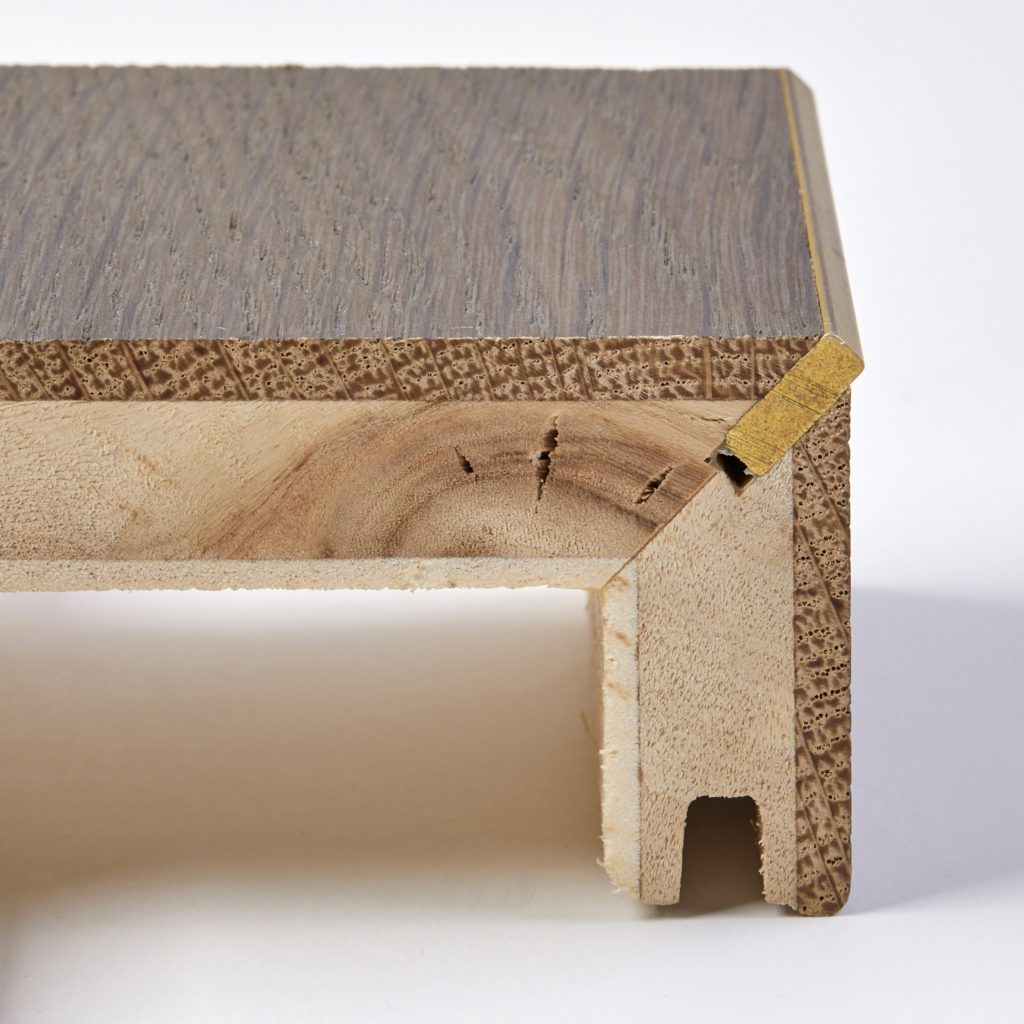Laminate Stair nosings protect the front edge of a stair tread and help prevent excessive wear on the stair floorcovering. They can also serve as an attractive decorative feature. They are a cost-effective solution for renovating stairs.
Laminate type of stair nose molding sits flush with the treads and is often stained to match the laminate flooring. This option is a good choice for floating floors because it allows room for the required expansion gap.
Laminate Stair Nosing vs. Wood: Which is the Better Option?
Laminate staircase protect the front edge of a stair tread from damage and enhance its appearance. They come in a variety of styles, colors and materials, making them an attractive addition to any staircase. Laminate staircase also help reduce the risk of tripping and injury to pedestrians. Some zoning laws require them on the top and bottom steps of each flight of stairs.
Laminate staircase are two basic types of stair noses: flush and overlap. A flush type is more professional and fits seamlessly with the floating floor. Its only drawback is that it may leave a small expansion gap behind the molding.
Laminate stair nosing bunnings Another option is a pencil round, which looks like the side view of a pencil and works well in most homes. Laminate staircase flat face helps it blend in with both traditional and modern styles and can be stained or carpeted. Its rounded corners protect against visual damage, and it has no sharp edges, which makes it a safer choice for children.
Why Laminate Stair Nosing is a Must-Have for High Traffic Areas
Laminate bullnose stairs to your staircase can add a finished look to carpeted stairs, improve traction and safety, and prevent the carpeting from unraveling. They can also help prevent tripping hazards and may be required by codes and regulations. Using laminate stair nose trim can be easy, and Laminate bullnose stairs will provide a great look to your staircase. You can even use a jigsaw to cut the corners, but be sure to mark the first corner on your stair with a pencil so you know where to start when cutting.
Stair nosing strips are protruding profile strips fitted on the front edge of steps to protect the stair floorcovering from damage and excessive wear. They can be installed at the time of fitting a new stair floorcovering or retrofitted to existing stairs.

Laminate stair nosing
Laminate Stair nosings are available in a wide range of materials, including rubber, PVC, brass, woods, and aluminum. The type of stair setting and environment will decide which material to choose.
How to Choose the Right Laminate Stair Nosing for Your Stairs
Laminate bullnose stairs not only protect the front of your stairs from wear but also provide a grip for your feet. This is especially important because the stair nosing is usually where people place their feet when climbing the stairs. Stair nosings come in a wide range of materials and shapes. Choose one that fits the style of your home and matches your flooring.
Laminate stair nose Some popular choices include a pencil round, which looks good on both modern and traditional staircases. This type has rounded corners that prevent visible damage, such as dents and scratches. Laminate stair nose also works well in households with children, as the edges aren’t as rough as some other options.
Laminate stair nose is another popular choice, and it sits flush with the steps, which can reduce the likelihood of a tripping hazard. This option is also a great choice for those looking to match their laminate flooring with other wood moldings. To install, simply glue the flush stair nose piece to the floorboards and leave a small expansion gap.
The Benefits of Laminate Stair Nosing for Your Home or Business
Laminate stair nose are an attractive and cost-effective solution to a serious tripping hazard. They are easy to install and work with all types of stairs. They also help protect the edges of your stair treads from damage and wear. This can save you money in the long run.
When Laminate staircase nosing installing a stair nose, make sure to measure and cut the laminate planks correctly. Use a circular saw or jigsaw to cut the planks, and remember to leave an expansion gap. Laminate staircase nosing Once you have completed the installation, use a hammer and pry bar to remove any remaining glue residue from the stairs.
Using a stair nose will make your stairs safer and more comfortable to walk on, and it will improve the appearance of your home. You can choose from a variety of designs to match your floor or decor. For safety, a textured Laminate staircase nosing product is recommended. These products are also a good choice for stairs because they prevent slips and falls.
